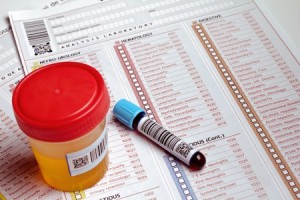 In 1991, the United States Congress passed the Omnibus Transportation Employee Testing Act. This demanded that Department of Transportation (DOT) agencies to routinely do drug and alcohol testing of workers in “safety-sensitive” jobs. Part 40 is a DOT regulation that specifies how drug and alcohol testing is done, and how employees who test positive are re-introduced back into their safety-sensitive jobs.
In 1991, the United States Congress passed the Omnibus Transportation Employee Testing Act. This demanded that Department of Transportation (DOT) agencies to routinely do drug and alcohol testing of workers in “safety-sensitive” jobs. Part 40 is a DOT regulation that specifies how drug and alcohol testing is done, and how employees who test positive are re-introduced back into their safety-sensitive jobs.
Part 40 regulations apply to both truck drivers, who are subject to FMCSA rules, and airline employees, who are subject to FAA rules. It also applies to all DOT-regulated employees, no matter what the method of transportation. So this means anyone with a commercial driver’s license, maritime operators, people who work on pipelines, railroad engineers and dispatchers, and anyone who works in public transit.
Most testing is done at random or when there is reasonable suspicion of drug and alcohol use, except for the initial testing that is part of a background screening. A five-panel urine drug screen is what the DOT uses and some of the drugs tested for include, marijuana, opiates, cocaine, amphetamines, methamphetamines, methadone, barbiturates, benzodiazepines, and PCP. Breathalizers are also used to test for alcohol and the tests for alcohol include testing for distilled spirits, beer, wine and urine ethyl alcohol.
Nowadays, many employers do routine, random drug and alcohol tests on their employees, but the Department of Transportation is extremely strict about its screening. Employees that test positive for any controlled substance must be cleared by a substance abuse professional, been in compliance with rehabilitation requirements, and test negative, before being allowed to return to safety-sensitive employment.
All drug and alcohol screenings are confidential and can only be released to another agency or employer with the written consent of the employee in question.
